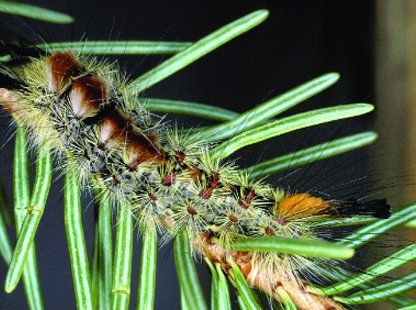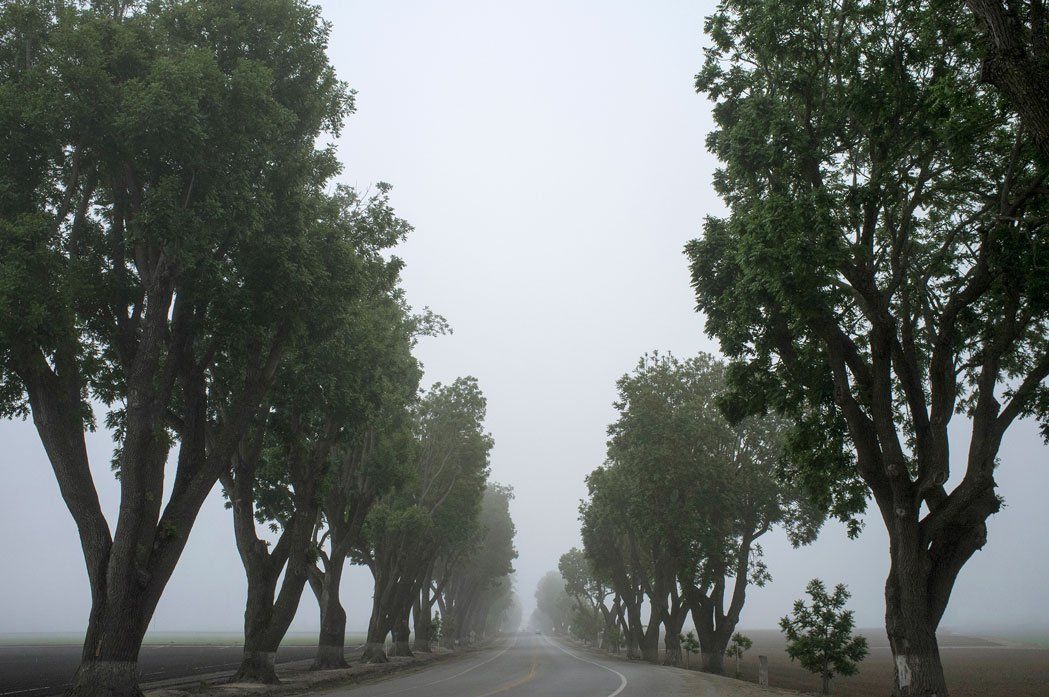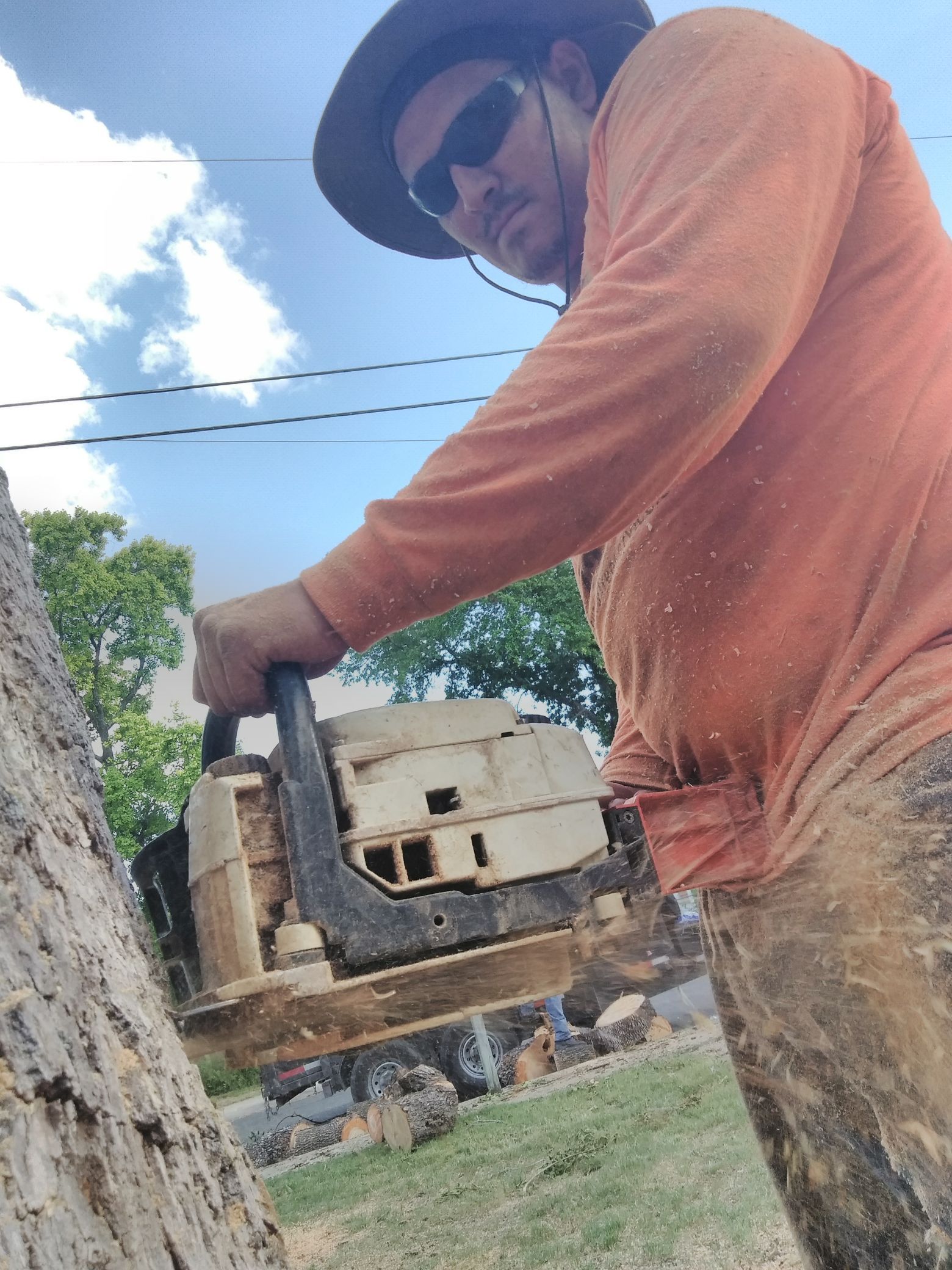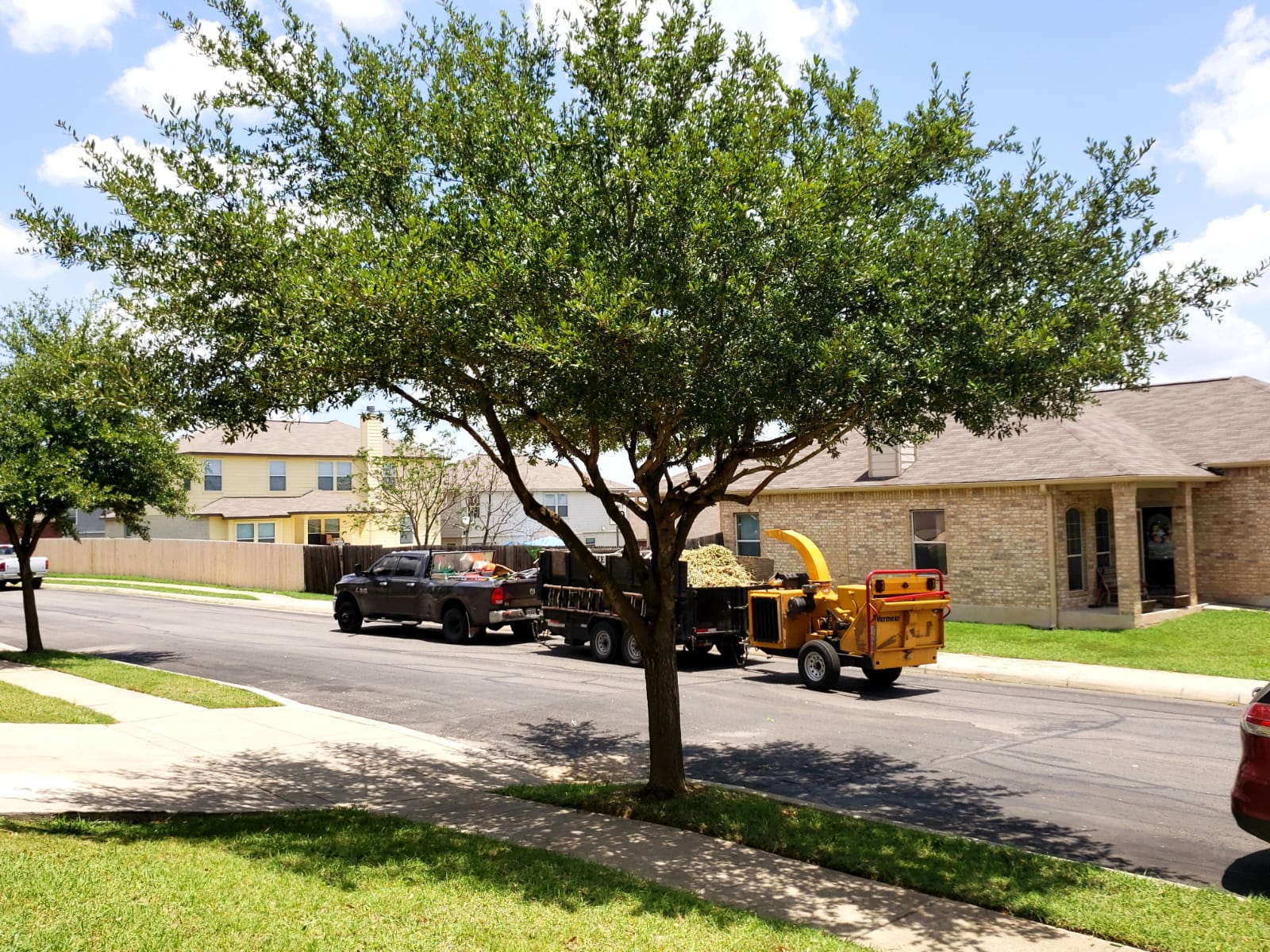QUALITY TREE SERVICES
10 HARDWOOD-KILLING INSECTS:
There are many insects that attack hardwood trees which ultimately cause death or devalue a tree in the urban landscape and rural forest to the point where they need to be cut. Here are five of the most costly and aggressive insects have been most troublesome to foresters and landowners. We have ranked these insects according to their potential ability to cause both commercial wood product damage and aesthetic landscape degradation.
The Top Hardwood Ten Killing Insects
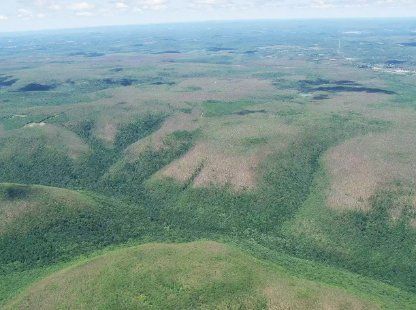
Gypsy Moth: The exotic gypsy moth
The exotic gypsy moth is one of the "most notorious pests of hardwood trees in the Eastern United States." Since 1980, the gypsy moth larvae have defoliated close to a million or more forested acres each year. The moth was introduced into the United States in 1862.
The insect lays visible buff-colored egg masses as leaves emerge in the spring. These masses hatch into hungry larvae that quickly defoliate hardwoods. Several defoliations can frequently kill trees under stress.
Emerald Ash Borer
The emerald ash borer (EAB ) is an exotic, wood-boring beetle discovered in Michigan in 2002. EAB is blamed for killing millions of ash trees annually and forcing regional quarantines on exporting firewood and tree nursery stock in several states. This ash borer could potentially decimate arboricultural ash plantings and natural ash stands in the eastern United States.The EAB larvae feed on the cambial bark. These S-shaped feeding galleries will kill limbs and can ultimately girdle the tree. Infested ash trees exhibited a top-down crown dieback, dense sprouting from trunks (epicormic shoots), and other signs of tree stress including the yellowing of foliage called the "ash yellows".
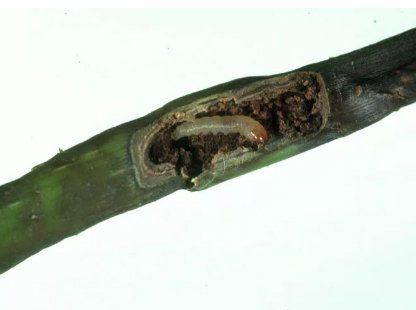

Asian Longhorn Beetles/Borers
This group of insects includes the exotic Asian longhorned beetle (ALB). The ALB was first found in Brooklyn, New York in 1996 but has now been reported in 14 states and threatening more.The adult insects lay eggs in an opening in the bark. The larvae then bore large galleries deep into the wood. These "feeding" galleries disrupt the vascular functioning of the tree and eventually weaken the tree to the point that the tree literally falls apart and dies.
Elm Bark Beetle
The native elm bark beetle and/or the European elm bark beetle is critical for the overland spread of Dutch elm disease (DED) and is worthy of being included in this "worst" list. The beetle does not critically harm a tree by its boring but by transporting a deadly tree disease.
The DED fungus is transmitted to healthy trees in two ways: 1) this bark beetle transmits spores from diseased to healthy trees and 2) root grafting can also spread the disease when elms are tightly spaced. None of the native North American elms are immune to DED but the
American elm is especially susceptible.
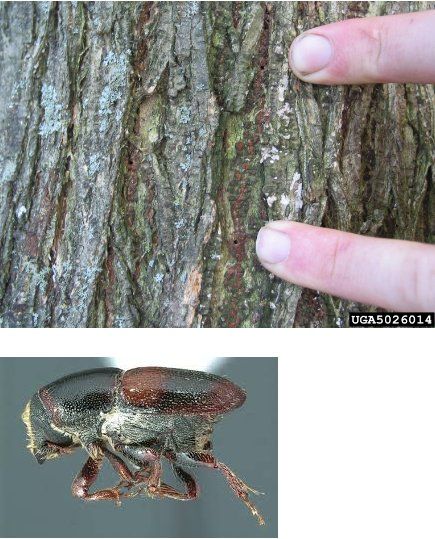
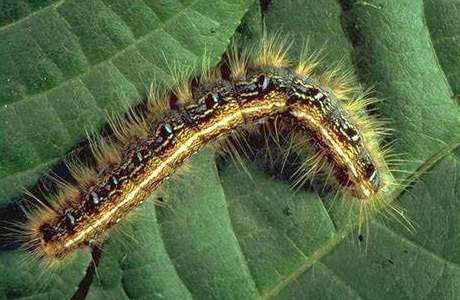
Tent Caterpillars
The eastern tent caterpillar (ETC) and forest tent caterpillars (FTC) are first seen in the spring in eastern U.S. deciduous forests. The ETC makes its nest in the fork of branches. The FTC actually builds no tent but is by far the most destructive of the two.
The favorite food of tent caterpillars is wild cherry but oaks, maples, and many other shade and forest trees are attacked. The FTC can strip extensive stands of trees of all leaves. The attacked tree's growth is affected.
Aphids
Leaf-feeding aphids are usually not damaging, but large populations can cause leaf changes and stunting of shoots. Aphids also produce large quantities of a sticky exudate known as honeydew, which often turns black with the growth of a
sooty mold fungus. Some aphid species inject a toxin into plants, which further distorts growth.
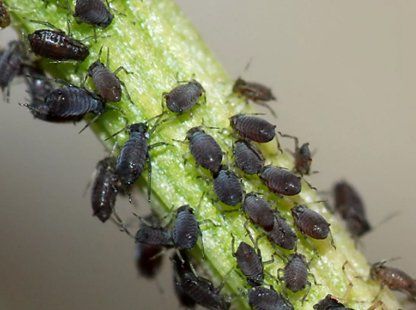
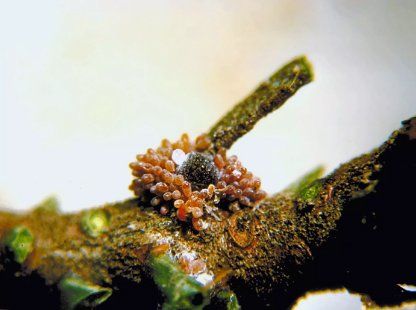
Balsam Wooly Adelgid
Adelgids are small, soft-bodied aphids that feed exclusively on
coniferous plants using piercing-sucking mouthparts. They are an invasive insect and thought to be of Asian origin. The Hemlock
Wooly Adelgid
and balsam wooly adelgid attack hemlock and firs respectively by feeding on the sap.
Black Turpentine Beetle
The black turpentine beetle is found from New Hampshire south to Florida and from West Virginia to east Texas. Attacks have been observed on all pines native to the South. This beetle is most serious in pine forests that are stressed in some fashion, such as those that have been worked for naval stores (pitch, turpentine, and rosin) or worked for lumber production. The beetle can also affect damaged pines in urban areas and has been known to attack healthy trees.

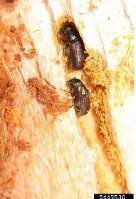
Douglas-Fir Bark Beetle
The Douglas-fir beetle (Dendroctonus pseudotsugae) is an important and harmful pest throughout the range of its principal host, the Douglas-fir (Pseudotsuga menziesii). Western larch (Larix occidentalis Nutt.) is also occasionally attacked. Damage caused by this beetle and economic loss if
Douglas fir lumber has been extensive in the tree's natural range.
Douglas-Fir Tussock Moth
The Douglas-fir tussock moth (Orgyia pseudotsugata) is an important defoliator of true firs and Douglas-fir in Western North America. Severe tussock moth outbreaks have occurred in British Columbia, Idaho, Washington, Oregon, Nevada, California, Arizona, and New Mexico, but the moth causes notable damage in a much geographic area.
